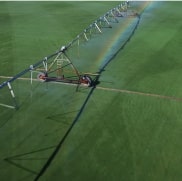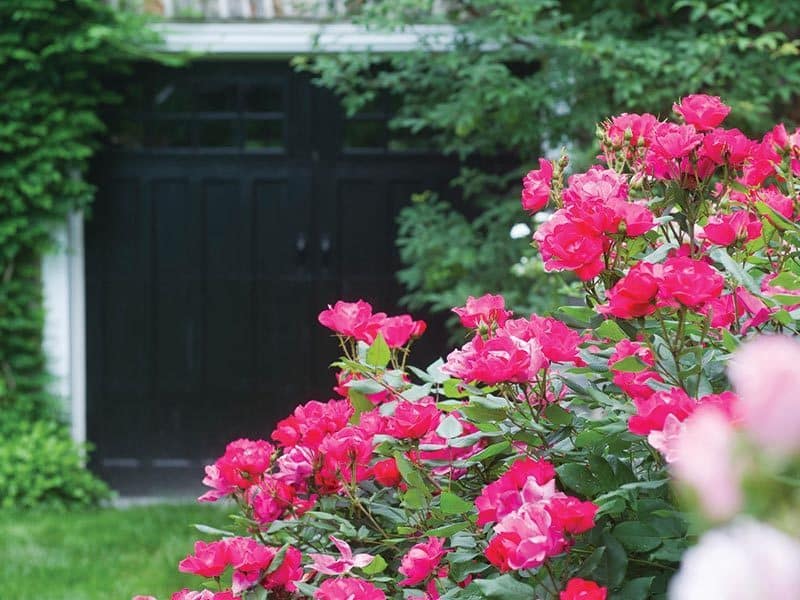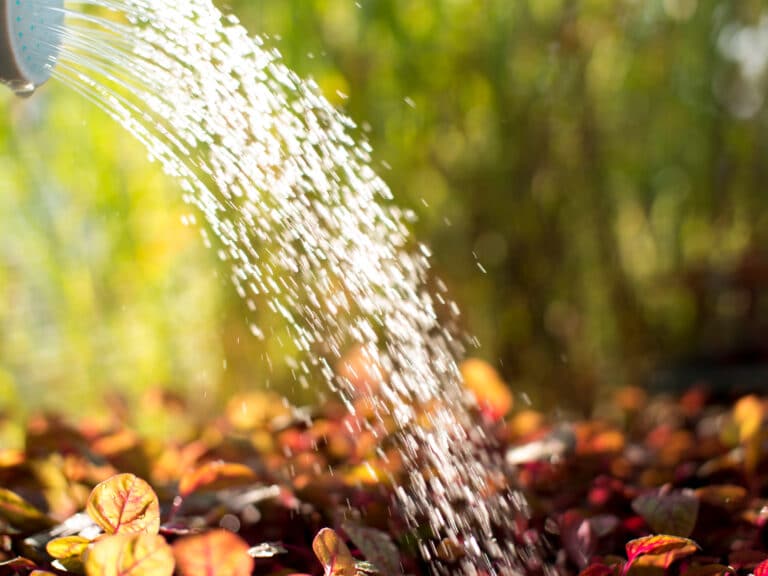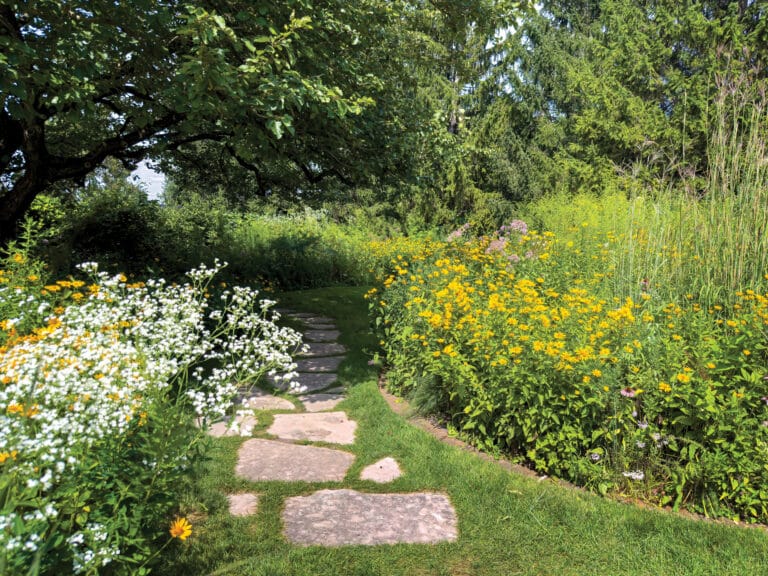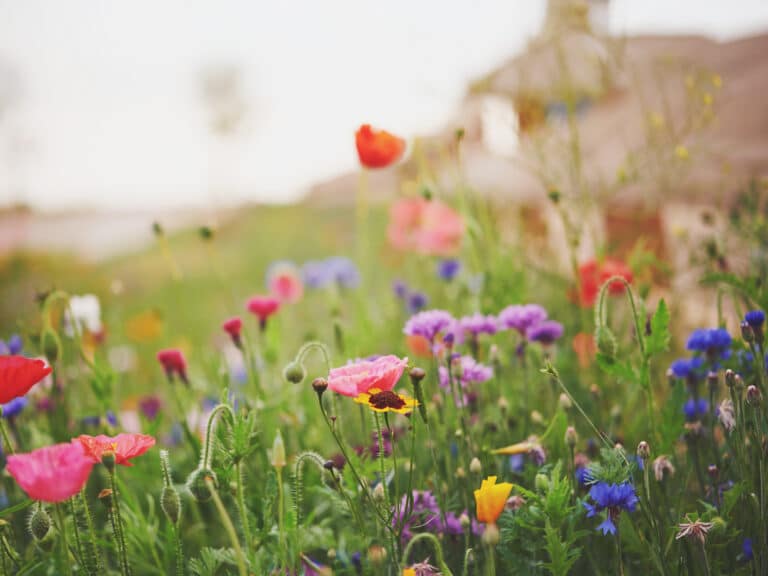Shrub roses are lovely in early summer. Colorful flowers and leafy growth are what give these flowers their distinction, but even the easy-care varieties need a bit of maintenance to keep them healthy and blooming into autumn. A little focus on summer watering, pruning, and fertilizing along with watching for potential diseases, and you’ll be rewarded with an abundance of roses for an amazing garden display or lush bouquets. Here’s what you need to know.
Water
Roses require moisture throughout the hot months of summer. The amount and frequency of watering depending on the weather and the condition of the soil. In most cases, a deep soaking about every two weeks will be adequate. The soil should be soaked to a depth of ten to twelve inches. Apply the water directly to the soil, as overhead watering may increase disease problems. If you must water overhead, the best time is in the morning. This allows the foliage to dry more quickly. Mulching the area around the shrub is also a good way to help the soil to retain moisture.
Pruning Roses
Once the latest flush of flowers is over, or if the shrub is overgrown, it’s time to give roses their summer prune. Less intense than the major pruning done in late winter, a lighter prune is needed to remove spent flowers and encourage leafy, new growth. Don’t simply deadhead and clip spent blooms, cut flowering stems back to a three-leaflet set of leaves. It’s imperative that you don’t remove too much foliage on newly planted roses. For more established plants, prune back to the first five leaflet set of leaves. Expect to see your plants back in full bloom about four weeks after pruning. Stop pruning 3 to 4 weeks before the first hard frost to discourage new growth that may be damaged by the cold.
Fertilize
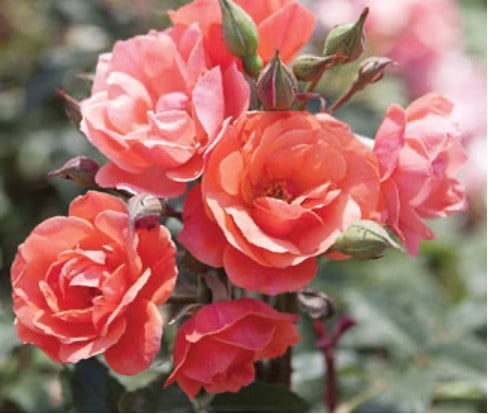
To encourage healthy growth and blooms, shrub roses should be fertilized three times a year. The first time should be in early spring immediately after pruning. The second application should be made after the first bloom. The third time should be in mid to late July. Be careful not to fertilize too late in the season as this may produce succulent new growth which may not harden sufficiently before winter. A general-purpose fertilizer, such as Lurvey Super natural 14-14-10 or 10-10-10, should produce excellent results. It’s also a good idea to thoroughly water roses after fertilization.
Prevent Disease
Disease problems in shrub roses are most severe during periods of rainy weather. The key to disease control is prevention. Begin applying fungicides before symptoms appear and reapply as directed on the label. When possible, spray both the upper and lower leaf surfaces to prevent disease infection.






